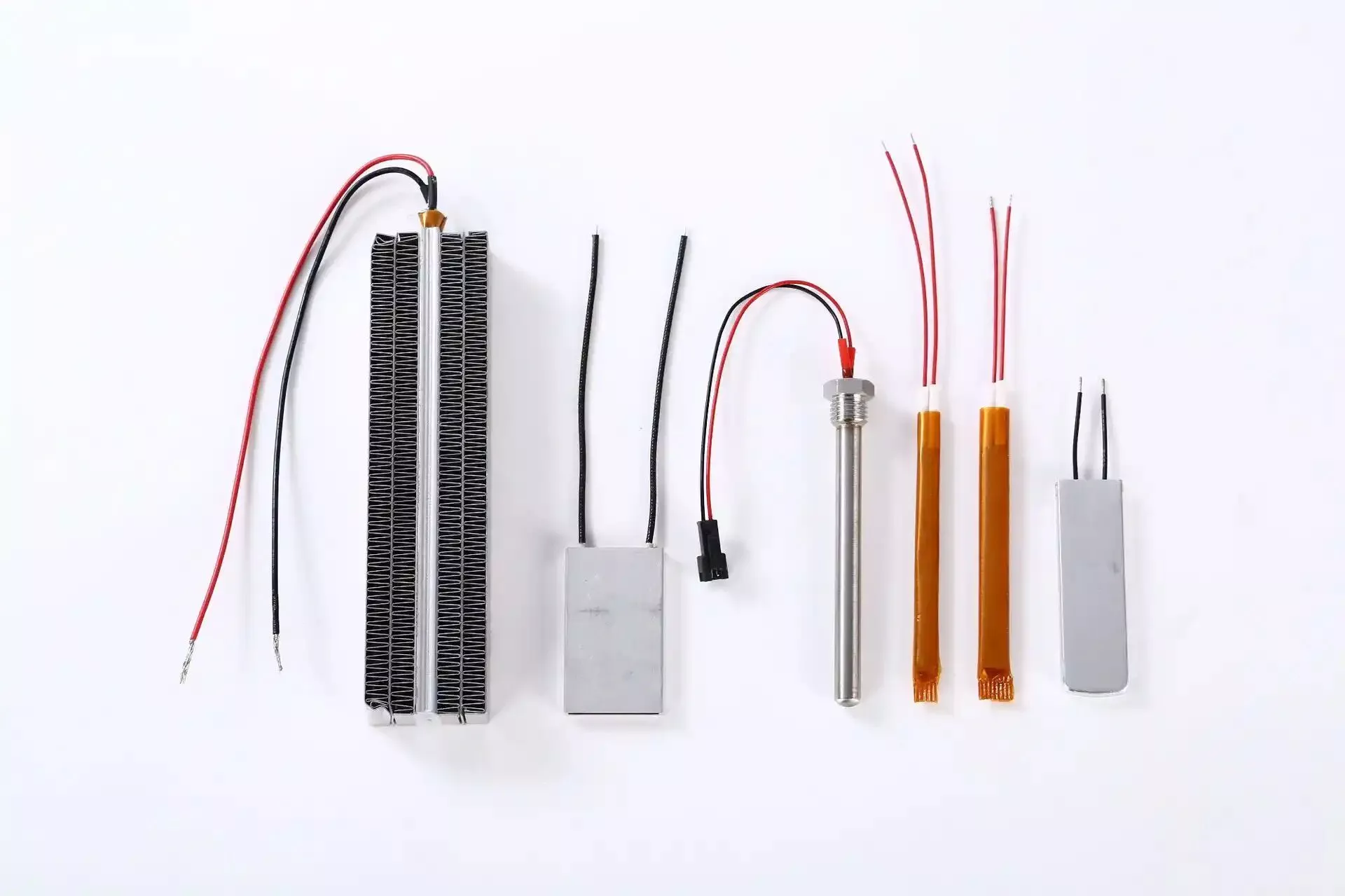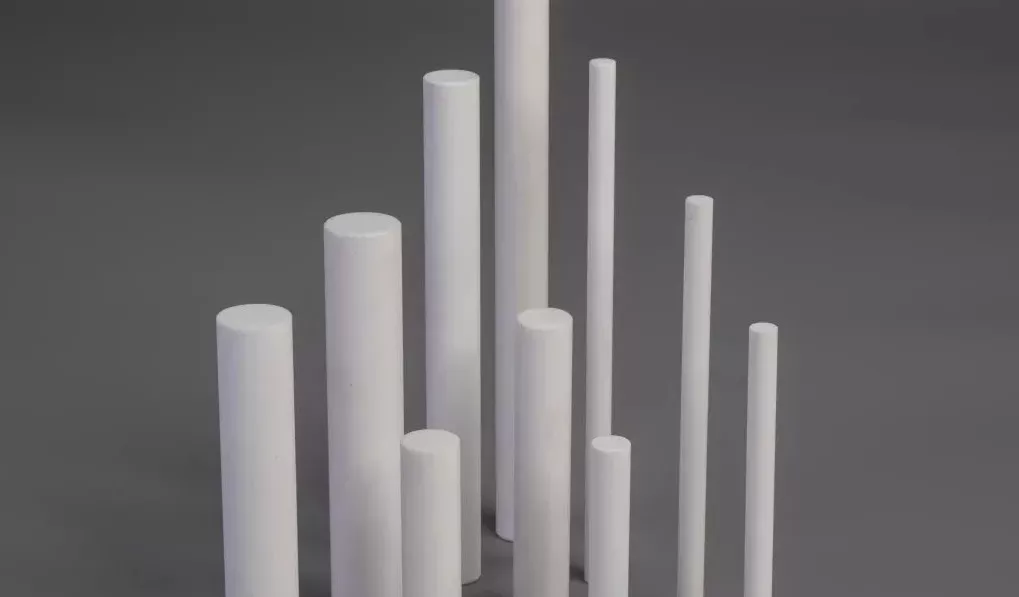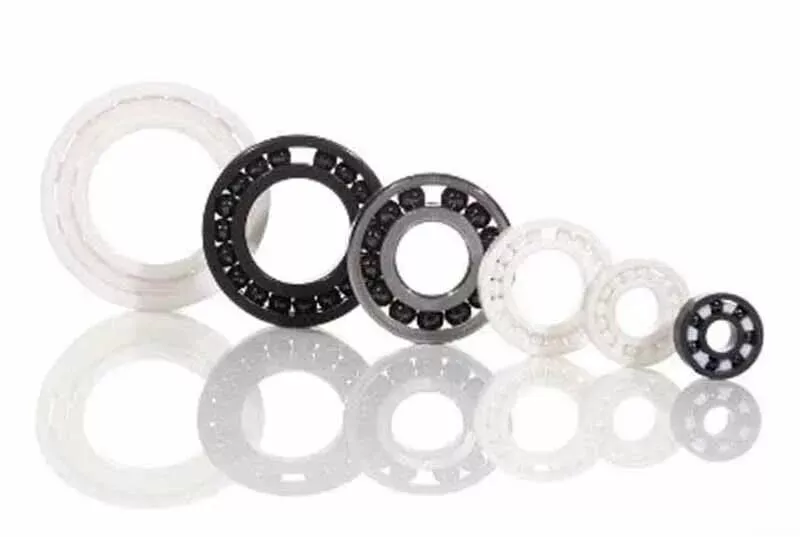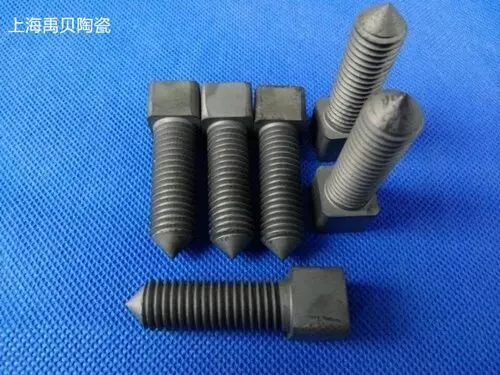The production methods for traditional Chinese medicine (TCM) preparations, such as decoction, precipitation with alcohol, filtration, and concentration, have been used to this day, but they have many inherent limitations and defects that cannot meet the requirements of modern pharmaceutical technology and patients' expectations for drug quality. For example, by using the precipitation with alcohol process for separation and impurity removal, the effective ingredients cannot be retained to the maximum extent; it cannot effectively reduce the dosage; the taste and therapeutic effect of the preparation may decrease, and a large amount of ethanol is consumed during the production process, resulting in high energy consumption.
The TCM compound water extract is a complex system consisting of true solution, colloidal solution, emulsion, and suspension, containing active ingredients, auxiliary ingredients, ineffective ingredients, and harmful ingredients, of which the harmful ingredients must be removed, and the ineffective ingredients (impurities) must also be separated as much as possible if their content is high, which can lead to excessive dosage or affect the formability, quality, and stability of the preparation.
The requirements for separation and purification systems in biopharmaceutical production are extremely strict. Ceramic membrane, due to its unique properties such as chemical resistance, high temperature resistance, and high separation accuracy, has occupied a place in the biopharmaceutical industry and has also played a prominent role in the extraction and preparation of TCM preparations.
With the advancement of science, process technology has been improved, and ceramic membranes can better utilize their advantages to enhance the medicinal value of Chinese herbs in a high-quality and efficient way, while also facilitating the integration of TCM into the mainstream and keeping up with the times.
1. Introduction to inorganic ceramic membrane microfiltration technology
Inorganic ceramic membrane microfiltration technology is a microfiltration technology that uses porous ceramic membranes as filter materials, and has broad prospects in the separation processes of industries such as chemical engineering, food, medicine, and environmental protection. The Center for Research and Development of Plant Medicine and New Drugs at Nanjing University of Chinese Medicine collaborated with Nanjing University of Chemical Technology to introduce this technology into the refinement process of TCM and found that it has a good effect on clarifying and removing impurities from TCM water extracts.
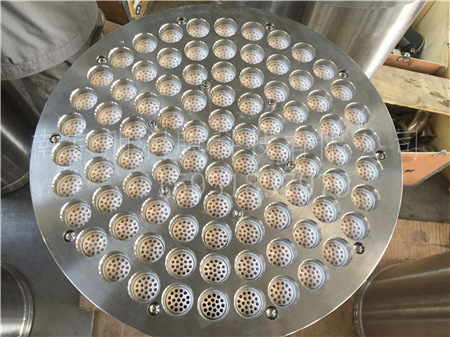
Figure. Ceramic membrane components via the internet
Compared with organic membrane microfiltration technology and water-alcohol refining technology, it has the advantages of simple process, low cost, stable chemical properties, high temperature resistance, strong anti-pollution ability, easy cleaning, and high mechanical strength.
2. The working principle of inorganic ceramic membrane microfiltration technology in the preparation of TCM preparations
Inorganic ceramic membrane microfiltration technology is mainly used to remove insoluble solid impurities in TCM water extracts, and can also remove some soluble impurities.
The insoluble solid impurities in TCM water extracts are mainly composed of extremely fine residues, mud, bacteria, yeast, fungi, etc., which are generally larger than 0.2μm. These solid impurities suspended in TCM extracts cause reflection, refraction, and diffraction of incident light, resulting in turbidity of the TCM extracts. After microfiltration with inorganic ceramic membranes, most of the solid particles can be removed, and the TCM extract becomes a simpler system consisting of true solution and colloidal solution. Therefore, the TCM extract changes from turbid to clear, or the clarity is greatly improved. In addition, since microfiltration only removes solid impurities, it has a minimal impact on the composition and quantity of the active ingredients in the water extract, thus maintaining the characteristics and efficacy of traditional decoctions.
The separation and impurity removal mechanism is mainly based on the screening mechanism, that is, the membrane can intercept microfiltration impurities larger than its pore size, but some soluble components and particles smaller than the membrane pore size can be intercepted due to adsorption and bridging. In addition, concentration polarization and membrane fouling often cause the membrane pore size to decrease, which also intercepts particles smaller than the membrane pore size.
3. The current and future development prospects of inorganic ceramic membrane microfiltration technology in TCM preparations
(1) Used in the production of liquid preparations such as TCM decoctions, oral liquids, and external washing: it can greatly improve the clarity, appearance, and storage stability of liquid preparations.
It can also be used for sterilization and aseptic filling of liquid preparations, realizing pipeline, continuous, and automated production.
(2) Used in the production of TCM solid preparations, it can improve the appearance, solubility, and stability of granules, and improve the disintegration and dissolution rate of tablets, thereby improving the quality and technological content of TCM solid preparations.
(3) Improve the efficiency of TCM water extract concentration and drying. After microfiltration, TCM water extracts rarely produce foam and membrane formation during concentration, thereby greatly improving the evaporation rate.
(4) Used in conjunction with ultrafiltration technology, TCM extracts are microfiltered and then ultrafiltered, which can significantly improve the ultrafiltration rate, greatly reduce the pollution of the ultrafiltration membrane, and improve the service life of the ultrafiltration membrane.
(5) Used in conjunction with large pore resin adsorption separation technology, TCM extracts are microfiltered and then subjected to column separation, which can reduce the toxic effects of impurities in the medicinal liquid on large pore resin, and significantly improve the efficiency of large pore resin adsorption separation technology.
Declaration: This article is provided by CERADIR™ users or obtained from Internet, the content does not represent the position of CERADIR™. We are not responsible for the authenticity/accuracy of the article, especially the effects of the products concerned. This article is for study only, it does not constitute any investment or application advice. For reprinting, please contact the original author. If it involves the copyright and/or other issues, please contact us and we will deal with it asap! CERADIR™ has the interpretation of this declaration.




